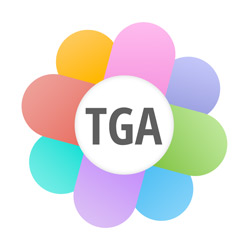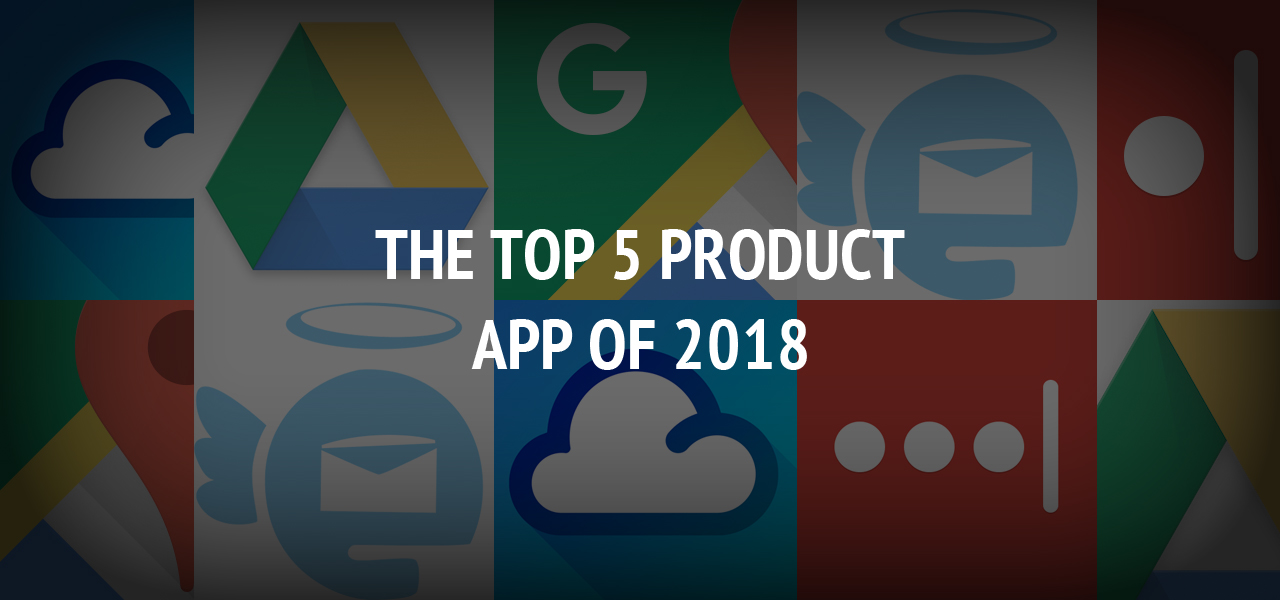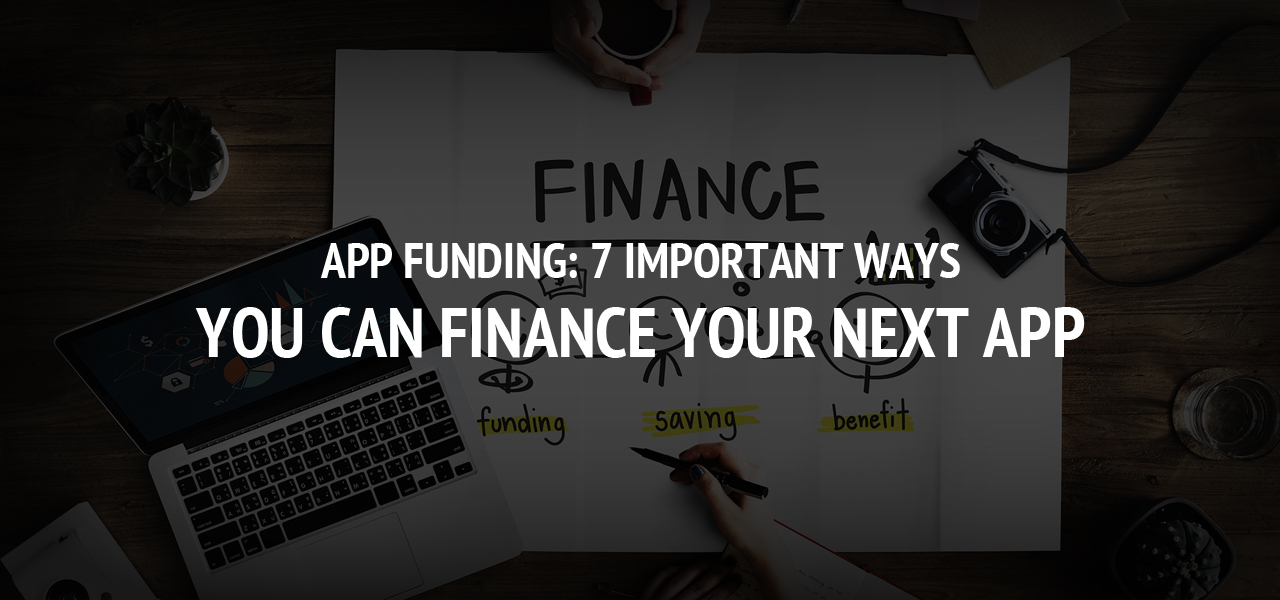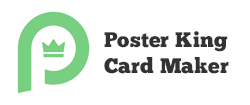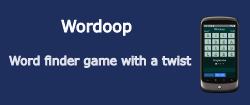How a Logo Makes an App Famous
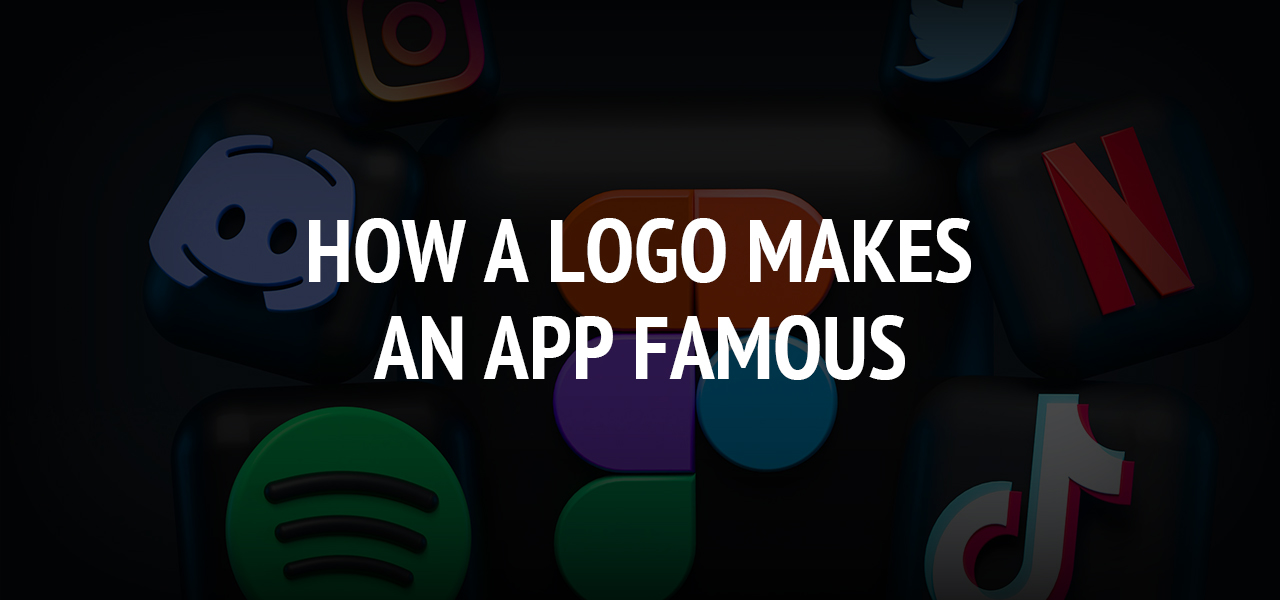
In the increasingly crowded marketplace of mobile applications, visibility and recognition can make orbreak the success of a new venture. An app could be a technical marvel, with innovative features and aneasy-to-use interface, but all of that is for naught if users can't find it among the hundreds of thousands ofother apps. One of the most underrated yet critical elements of an app's success is its logo. In this article,we explore the psychology of how a logo can make an app famous, the examples of icons that havesuccessfully penetrated the market, and why some fall short.
The Psychology Behind the Power of Logos
Logos serve as more than just visual placeholders for a brand; they have the power to evoke emotional responses and drive customer behavior. This psychology can be as complicated as the intricate designs that some logos incorporate, or as simple as an icon that becomes synonymous with ease and reliability.
When a user scrolls through their mobile device's App Store logo, they are greeted by a cascade of colorful icons competing for attention. A well-designed app logo stands out from the clutter, immediately capturing the user's attention. It is no surprise that some of the most successful apps in the App Store or Google Play often have logos that are simple, easy to recognize, and have an aesthetic appeal that resonates with their target audience.
Moreover, the visual cues in a logo can communicate a brand’s ethos and value proposition in a split second. For instance, bright colors can signal excitement and innovation, while minimalist designs may convey efficiency and ease of use. In short, a logo has the power to tell a story that can engage and convert a casual scroller into a loyal user.
Case Studies: The Success Stories
When one thinks of a famous app, names like Instagram, Twitter, and Uber usually come to mind. What do they have in common? All have instantly recognizable logos that users can identify even when the app name is not visible.
Let's take Twitter as an example. Its blue bird logo is a symbol of social interaction and freedom of speech. The simple yet effective design has made the app easily identifiable, which is a significant factor in its popularity and user retention.
Another example would be the Netflix logo. While the service itself is primarily web-based, their mobile app also garners a considerable amount of traffic. The bold, red "N" is both attractive and memorable, encapsulating the brand’s promise of endless entertainment options.
One more instance is the WhatsApp logo, whose green speech bubble is synonymous with quick, reliable messaging. When people see this icon in the Google Play logo, they immediately understand what to expect from the app—simple, effective communication.
Why Some Logos Fail
Not all logos succeed in capturing the user's imagination or attention. There are instances where even a well-thought-out design fails to take off, and understanding why can be a complex task. Sometimes, the problem lies in a disconnect between the logo and the app's purpose. A logo that seems too intricate for a utility app, for instance, can deter downloads. Additionally, too much detail can make a logo confusing when scaled down, which is a critical aspect for mobile apps.
Another common issue is that of similarity. With millions of apps available, it is quite possible that your logo looks like someone else's. Such similarity can lead to confusion and could hinder the app's ability to stand out, thus dampening its chances of becoming famous.
In conclusion, the importance of a logo in making an app famous cannot be overstated. While other factors like functionality, user experience, and marketing are undoubtedly vital, a well-designed logo can set the stage for an app's success. It not only captures attention but also serves as a visual representation of the app's features, benefits, and overall ethos. So the next time you find yourself scrolling through an app store, take a moment to appreciate the small icons that have a big impact.
About The Author
Related Blog
View All-
The Top 5 Product App Of 2018
These days the number of people using Smartphone is increasing every second. With the increase of smartphone users, new apps are also coming into the marketplace. Apps help in adding more features to your smartphone and if you are looking for some cool apps to ...
-
App Funding: 7 Important Ways You Can Finance Your Next App
Do you have a great app idea in your head, but don't have the app funding you need? Here are 7 ways you can get the finance for your app idea. Do you have a great idea for a new app? That's great, but you should be aware of the risks involved. Less ...

